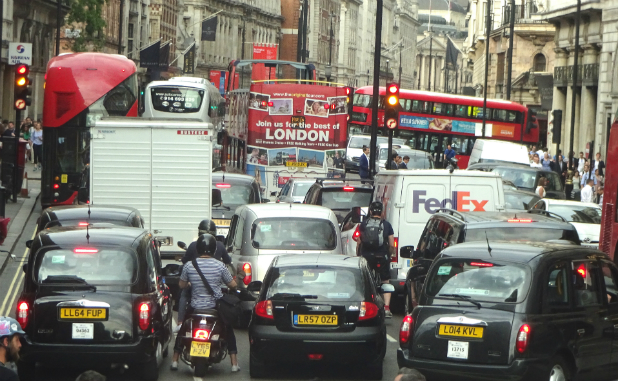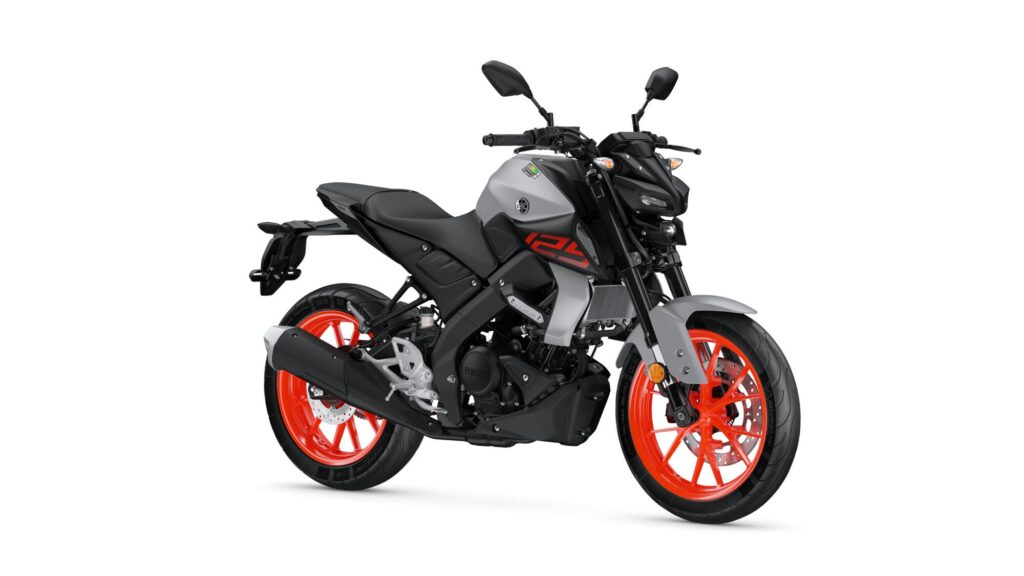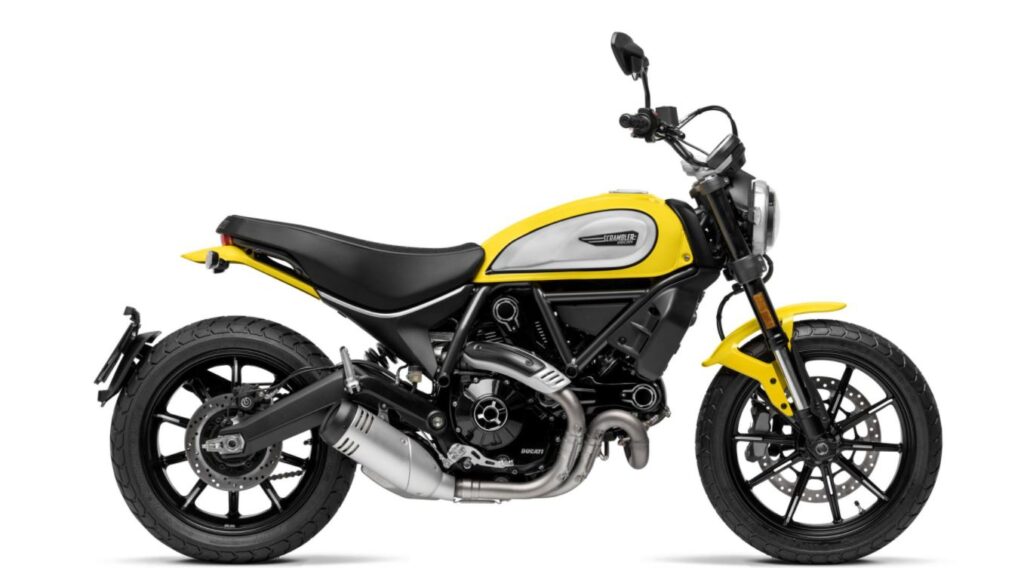
You may have seen ABS on your motorbike or vehicle specifications, but what does it mean and why is it important? In this article, we’ll tell you all you need to know about anti-lock braking systems (ABS) – from how they work to the benefits of using them.
What is ABS?
So, what are ABS brakes? ABS stands for anti-lock braking system and is a stabilising system used on vehicles to increase their safety. As motorcycles offer less stability than four-wheel vehicles, it’s important to increase their safety as much as possible.
The technology is used on a range of vehicles, including motorcycles, cars, trucks and buses. However, the specific systems will differ depending on the type of vehicle.
What does ABS do?
ABS prevents the wheels on your motorcycle from locking when the brakes are applied, which ultimately improves the bike’s stability and safety. Wheel locking can happen in response to braking too hard – either the front or back wheel can lock due to the bike becoming destabilised. This can then lead to the vehicle sliding or even overturning.
An anti-lock system has the ability to prevent your wheels from locking 10 times every second, ensuring your vehicle is constantly protected. The rider should not notice ABS working in non-emergency situations, but can apply full brake force without their wheels locking should they need to.
How does ABS work?

Now you know what ABS does, you may be wondering how ABS brakes work. Magnetic sensors are installed on both of your motorcycle’s wheels, fixed to monitor the speed of the vehicle. These sensors are combined with a metallic ring gear, known as a tone ring or tone wheel, which can generate an electrical signal.
This signal will be sent to an ABS unit installed on your vehicle, which interprets up to 100 signals a second to understand the speed of the motorbike. If the unit measures a dramatic drop in signal pulses, it determines that the wheels are about to lock – especially if the pulses are almost at zero. When this happens, the system will adjust the braking pressure on the brake calipers, enabling the wheels to continue spinning.
Advantages of ABS
- Not only can ABS prevent a motorcycle’s wheels from locking, it can reduce stopping distance
- ABS in bikes prevents tyre skidding
- Motorcycle ABS improves stability
- Having ABS installed can help prevent your vehicle overturning
- ABS can be used on both combined and conventional braking systems
- ABS systems have developed over the years, becoming lighter and more effective
- Modern systems can weigh as little as 0.7kg, adding little additional weight to your motorbike
- ABS can reduce the rate of severe and fatal crashes by up to 42%
- ABS does not take control away from the rider and is unnoticeable in non-emergency conditions
- You do not require additional training to ride an ABS motorcycle
What about cornering ABS?
Cornering ABS is a type of safety system that is found in higher-end motorcycles. Otherwise known as lean angle-aware braking or an Internal Measurement Unit (IMU), the system adjusts the amount of braking in order to compensate for what the bike is doing.
Cornering ABS is widely considered a much safer version of standard ABS as it identifies when you’re cornering and adjusts accordingly. Whereas regular ABS straightens the bike when it’s activated – which can be fairly dangerous if you’re riding around a corner, especially if you’re near other road users – lean angle-aware braking modifies the amount of braking that occurs based on a number of factors, including your speed and how far you’re leaning. This means you’re able to brake without the system altering your direction.
Motorcycle insurance from Bikesure
No matter how safe you feel on your motorbike, it’s important you have comprehensive motorcycle insurance to help protect yourself and others on the road.





